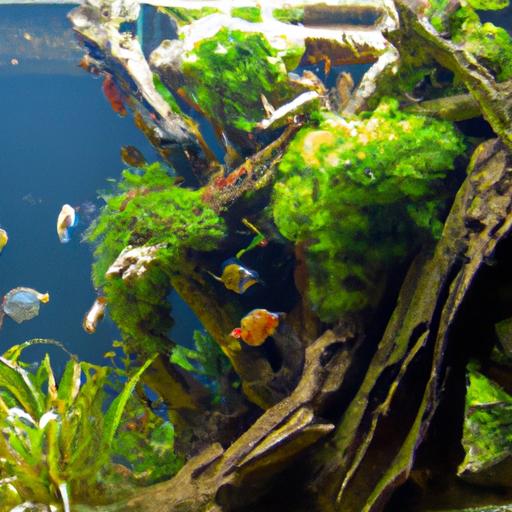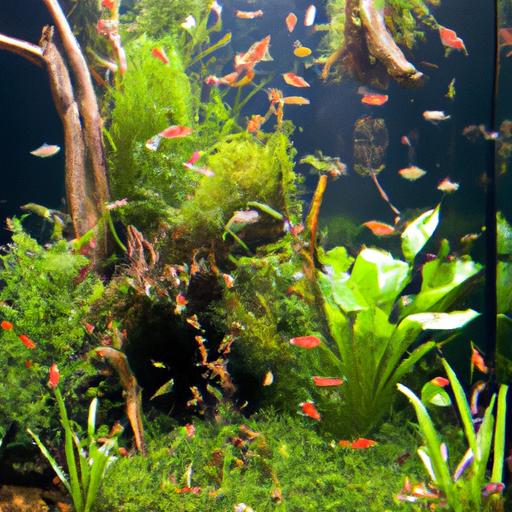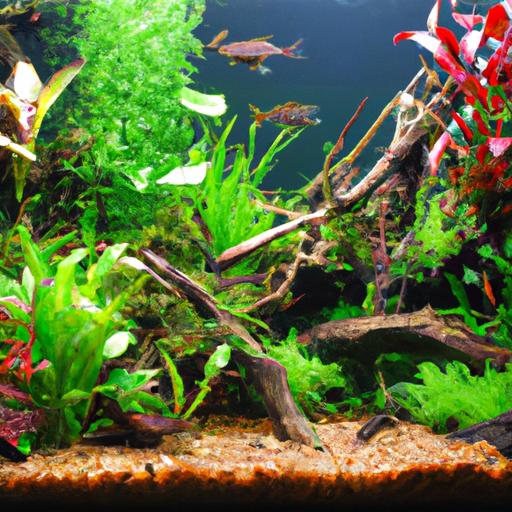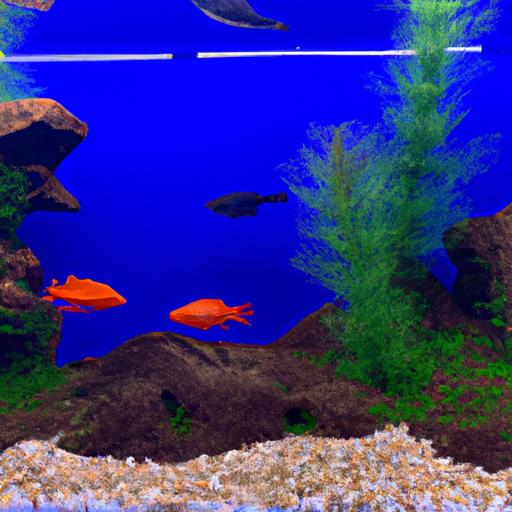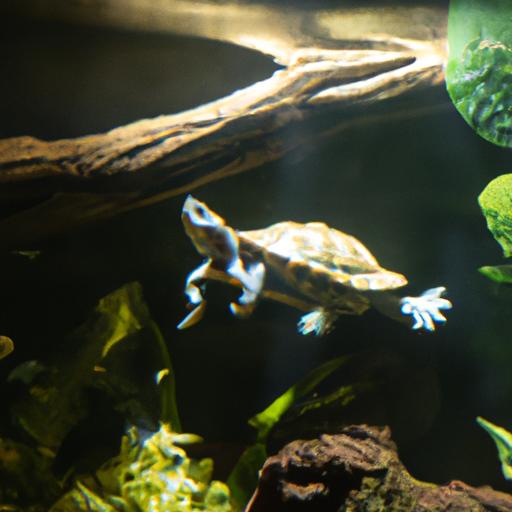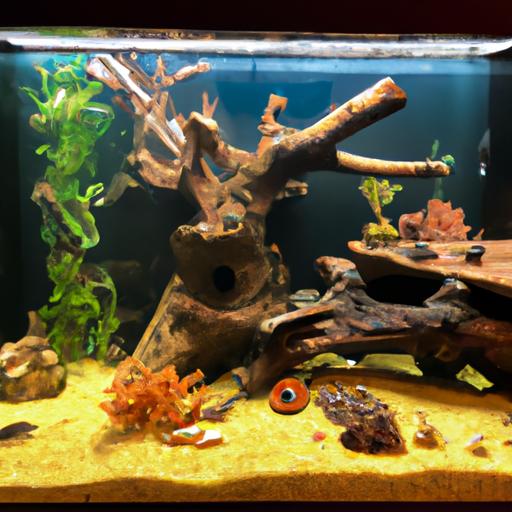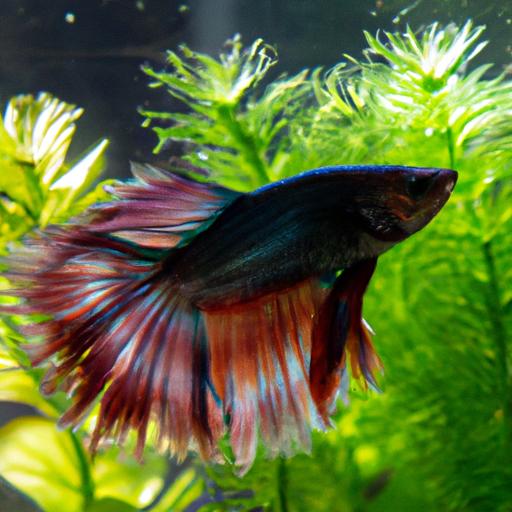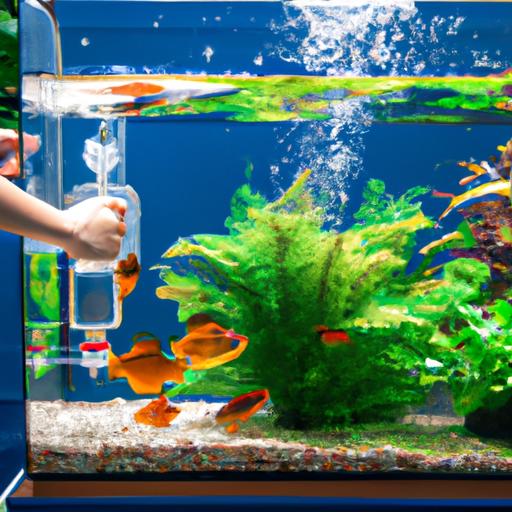
Best Practices for Freshwater Aquarium Water Changes
Discover the essential “Best Practices for Freshwater Aquarium Water Changes” to maintain a healthy aquatic environment for your beloved fish.
Keywords: Best Practices for Freshwater Aquarium Water Changes, freshwater aquarium, water changes
Introduction
Are you a proud freshwater aquarium owner? Taking care of your aquatic environment requires regular maintenance, and one crucial task is performing water changes. In this article, we will discuss the best practices for freshwater aquarium water changes, ensuring a healthy and thriving aquatic habitat for your beloved fish. By following these guidelines, you’ll be able to maintain water quality, minimize stress for your fish, and prevent common aquarium problems.

Best Practices for Freshwater Aquarium Water Changes
Performing water changes isn’t just about replacing water; it’s about maintaining the delicate balance of your aquarium ecosystem. Let’s dive into the best practices to help you achieve optimal results.
Proper Frequency of Water Changes
Determining the appropriate frequency of water changes depends on various factors such as tank size, fish population, and filtration system. As a general guideline, most aquariums benefit from a 10-20% water change every 1-2 weeks. However, larger tanks may require less frequent changes, while heavily stocked tanks might necessitate more frequent changes. Observe your fish and monitor water parameters regularly to adjust the frequency accordingly.
Determining the Appropriate Amount of Water to Change
During water changes, it’s crucial to strike a balance between removing pollutants and maintaining a stable environment for your fish. Typically, changing 10-20% of the total aquarium volume is recommended. This ensures the removal of accumulated waste and toxins while minimizing stress on your fish. Using a siphon or aquarium vacuum, focus on areas where debris tends to accumulate, such as the substrate and corners of the tank.
Essential Tools and Equipment Needed
To perform successful water changes, it’s essential to have the right tools and equipment on hand. Here’s what you’ll need:
- Siphon or Aquarium Vacuum: This tool allows you to remove water while simultaneously vacuuming debris from the substrate.
- Clean Buckets: Choose buckets that are solely dedicated to aquarium use to avoid cross-contamination.
- Water Conditioner: Always add a water conditioner to the new water before introducing it to the aquarium. This helps neutralize chlorine, chloramines, and heavy metals that can harm your fish.
- Algae Scraper or Magnet: Having an algae scraper or magnet is useful for cleaning the glass or acrylic surfaces of your aquarium.
- Test Kits: Invest in reliable water test kits to monitor essential parameters like ammonia, nitrite, nitrate, and pH. This allows you to ensure the water is safe and healthy for your fish.
Step-by-Step Guide
Now that you have the necessary tools, let’s walk through the step-by-step process of performing a water change:
- Prepare the New Water: Fill a clean bucket with tap water and add the appropriate amount of water conditioner as directed on the product label. Let the water sit for a few minutes to allow the conditioner to take effect.
- Turn off Equipment: Before initiating the water change, switch off any equipment that may be affected by the water level drop, such as filters, heaters, and powerheads.
- Siphon the Water: Using a siphon or aquarium vacuum, start removing water from the tank. Focus on areas with debris or uneaten food, gently stirring the substrate to release trapped waste. Be careful not to disturb your fish or plants.
- Clean Algae and Debris: While siphoning, take the opportunity to clean the glass or acrylic surfaces using an algae scraper or magnet.
- Add New Water: Once the desired amount of water has been removed, slowly pour the new conditioned water into the tank. Aim for a gentle flow to avoid disturbing your fish or stirring up debris.
- Monitor Parameters: After the water change, test the water parameters to ensure they are within the appropriate range for your fish. Adjust as necessary.
- Turn on Equipment: Finally, switch on the equipment that was turned off, ensuring they are functioning correctly.
Precautions to Take During Water Changes
During water changes, it’s essential to consider the well-being of your fish. Here are some precautions to keep in mind:
- Avoid Temperature Shocks: Ensure the temperature of the new water matches the existing tank water to prevent temperature fluctuations and stress to your fish. Use a thermometer to double-check before adding the new water.
- Minimize Stress: Try to perform water changes during a time when your fish are less active to minimize stress. Dimming the lights in your aquarium can also help create a calmer environment.
- Don’t Overfeed: Overfeeding can lead to excess waste, compromising water quality. Feed your fish an appropriate amount and remove any uneaten food after a few minutes.
- Acclimation for New Fish: If you’re introducing new fish to your aquarium, follow proper acclimation procedures to ensure a smooth transition and minimize stress.
FAQ (Frequently Asked Questions)
How often should I change the water in my freshwater aquarium?
The frequency of water changes depends on factors like tank size, fish population, and filtration system. As a general guideline, perform a 10-20% water change every 1-2 weeks. Adjust the frequency based on your specific aquarium’s needs.
What is the ideal amount of water to change during each water change?
Changing 10-20% of the total aquarium volume is recommended. This allows for the removal of accumulated waste and toxins while maintaining a stable environment for your fish.
Can I use tap water for water changes?
Yes, you can use tap water for water changes. However, it’s crucial to add a water conditioner to neutralize chlorine, chloramines, and heavy metals that can harm your fish. Follow the instructions on the water conditioner product label for the appropriate dosage.
Should I remove my fish during water changes?
In most cases, it is not necessary to remove your fish during water changes. However, if you have highly sensitive or delicate species, you may choose to temporarily relocate them to a separate container with appropriate water conditions.
How do I prevent stress or harm to my fish during water changes?
To minimize stress during water changes, ensure the new water is at the same temperature as the tank water. Perform changes during a time when your fish are less active, dim the lights, and avoid sudden movements or loud noises. Additionally, be cautious not to disturb your fish or their habitat while siphoning or adding new water.
Conclusion
By implementing the best practices for freshwater aquarium water changes discussed in this article, you can ensure a healthy and thriving aquatic environment for your fish. Regular water changes, performed with the right frequency, amount, and tools, help maintain water quality, reduce stress, and prevent common aquarium problems. Remember to consider the individual needs of your aquarium and monitor water parameters regularly. Happy fishkeeping!


